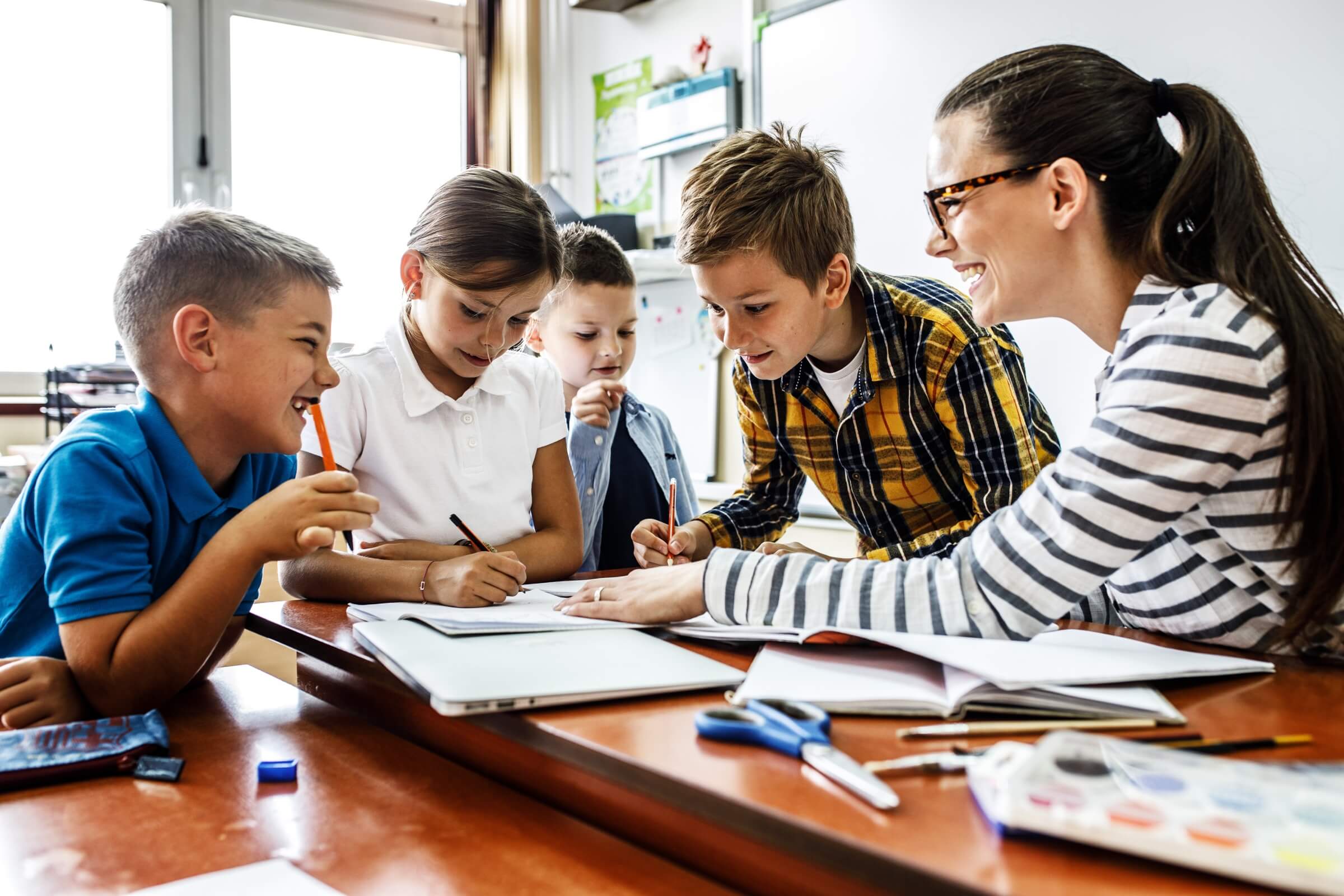The introduction of technology in schools has changed people’s traditional teaching methods, making classrooms more active and improving teaching and learning. Now that we are in 2024, it is important to understand the importance of technology in schools so that you can use its benefits to make learning more interesting and effective.
History background
The way schools use technology has changed a lot over the years. From simple projectors and televisions to advanced digital tools, the path is filled with new ideas aimed at improving how education is delivered and how many people have access to it. The change from blackboards to digital whiteboards shows how learning environments are becoming more interactive and accessible to everyone.
The school is currently using new technology
Schools are now using many types of technology to enable interactive and personalized learning. Interactive whiteboards are now popular and allow teachers to use multimedia to better engage students. Tablets and smartphones give people access to a wealth of resources, making it easier to go paperless. Virtual reality and augmented reality are also starting to be used in schools, giving students immersive learning experiences that were unthinkable in the past.
The impact of technology on learning outcomes
The use of these technologies in schools has a great impact on the learning process of students, because it makes them more interested and allows them to gain a lot of knowledge. Technology allows students to have unique learning experiences where they can learn at their own pace and in a way that suits their needs. This helps them understand and remember what they learn.
Technology and the job of teachers
The introduction of technology into the classroom has also changed the jobs of teachers. It is more important than ever that teachers learn how to use new tools and methods. Because of this change, teachers must continually learn how to use technology and receive training so that they can not only help students but also create new ways to use technology in the classroom.
Learning is student-centered
Technology helps student-centered learning approaches work by empowering students to choose their own learning paths. Collaboration platforms and tools help students talk and collaborate better with each other, enhancing learning through peer interactions and group tasks. Many case studies show that this approach is effective and that technology can support both independent and group learning.
The problem of bringing technology together
Despite the benefits, there are also some problems with integrating technology into schools. The digital divide remains a major problem because people from different socio-economic backgrounds do not have the same access to technology. This has consequences for educational equality. Privacy and cybersecurity are also very important issues, as educational tools collect more and more data and allow students to connect to it digitally, which requires strong security measures. Furthermore, many schools cannot afford to keep their technology infrastructure up to date and in good working order.
future classroom
It seems that the classroom of the future will be a mix of old-fashioned teaching methods and new tools. Machine learning and artificial intelligence are expected to play an important role. They can personalize learning on an unprecedented scale and free up teachers’ time to focus on teaching.



